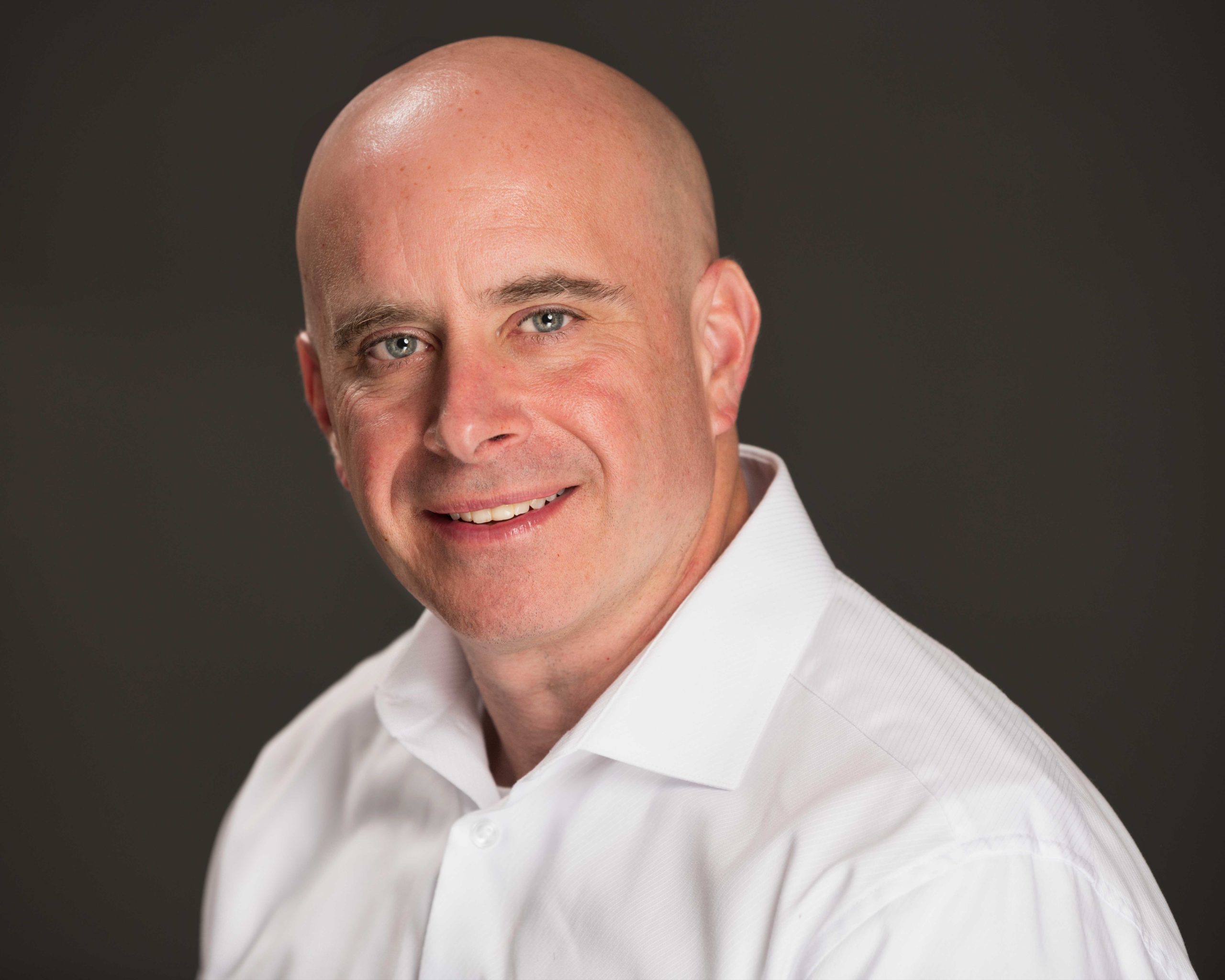Running a headshot business in a small home studio requires attention to detail and a commitment to creating a personalized and professional experience for each client. By following these steps, you can build a successful venture that thrives on delivering exceptional headshots.
Suitable Space: Creating a suitable space for your headshot business is crucial. Choose a room with ample natural light or invest in good artificial lighting. Ensure the space is clutter-free, providing a professional backdrop for your clients. Consider adding a comfortable chair for your subjects, allowing them to relax and feel at ease during the shoot. Adequate space allows you to experiment with various angles and compositions.

Lighting Setup: Perfect lighting is the key to stunning headshots. Opt for soft, diffused lighting to minimize harsh shadows. A simple two-light setup, with one key light and a fill light, is effective for creating a balanced and flattering look. The use of reflectors is a key technique to achieve polished and professional-looking portraits. Reflectors are tools that bounce and redirect light onto the subject, filling in shadows and providing a soft, flattering illumination. Experiment with lighting angles to find the best setup that complements your client’s features. Use of background light may be necessary sometimes.
Lighting Ratios: Understanding lighting ratios is essential for achieving the desired look. Adjust the intensity of your key and fill lights to control the contrast in your headshots. A low lighting ratio provides a softer look, while a higher ratio adds more definition. Experiment with different ratios to find the style that suits your clients best. A ratio of 2:1 (Key light at f/4 and rim light at f/2.8) is a good starting point. You don’t have to use a light meter but having a basic light meter takes out the guess work when you work out the lighting conditions.

Background: Choose a neutral background that doesn’t distract from the subject. A solid color or a subtle pattern works well for headshots. Consider investing in a backdrop stand for versatility, allowing you to easily change backgrounds to suit different client preferences. Gray colored background is a popular choice in the headshot business.
Camera and Lens: Invest in a high-quality camera and lens combination for sharp and detailed headshots. A full-frame DSLR with a prime lens (e.g., 85mm) is a popular choice for capturing professional-looking portraits. Ensure your camera settings are optimized for a shallow depth of field, keeping the focus on the subject’s eyes.
Camera Settings: Set your camera to a wide aperture (low f-stop) for a beautiful bokeh effect that separates the subject from the background. Adjust the ISO and shutter speed accordingly to maintain proper exposure. Shoot in RAW format to have more flexibility in post-processing. A good starting point would be an aperture of f/4. Focusing on the eye nearest to the camera is important.
Posing and Composition: Guide your clients through natural and flattering poses. Encourage them to relax their shoulders and maintain good posture. Experiment with different compositions to add variety to your portfolio. Focus on capturing genuine expressions that reflect the individuality of each client.

Props and Wardrobe: While headshots are typically focused on the face, adding subtle props and advising clients on wardrobe choices can enhance the overall look. Simple accessories or clothing adjustments can bring out the client’s personality without overwhelming the frame.
Hair and Makeup: Suggest to your clients the importance of well-groomed hair and subtle makeup. A professional hair and makeup artist can make a significant difference, ensuring your clients look their best in front of the camera.

Feedback and Adjustment: Seek feedback from your clients to understand their preferences and make necessary adjustments. This iterative process helps in refining your skills and tailoring your approach to meet individual client needs.
Comfortable Environment: Create a comfortable and welcoming environment in your home studio. Offer refreshments, play soft music, and maintain a friendly and professional demeanor. A relaxed atmosphere contributes to better headshot results and positive client experiences. Remember to experiment and adjust based on the specific conditions of your home studio and the preferences of your subjects. With practice, you can refine your setup for consistently excellent headshots.
Post-Processing and Software: After the shoot, use photo editing software to enhance and refine your headshots. Adjust exposure, color balance, and retouch minor imperfections. Adobe Lightroom and Photoshop are popular choices for professional post-processing.
Additional considerations: Streamline your corporate headshot sessions with precision and consistency by incorporating a gray card and ColorChecker Passport. The gray card serves as a reliable reference for achieving accurate exposure, allowing you to set the perfect white balance and maintain color fidelity. Meanwhile, the ColorChecker Passport ensures color accuracy across various lighting conditions, providing a standardized reference for post-processing. By utilizing these tools, you not only enhance efficiency during the shoot but also deliver professional and cohesive corporate headshots with consistent color reproduction, making a lasting impact for your clients and their brand.


